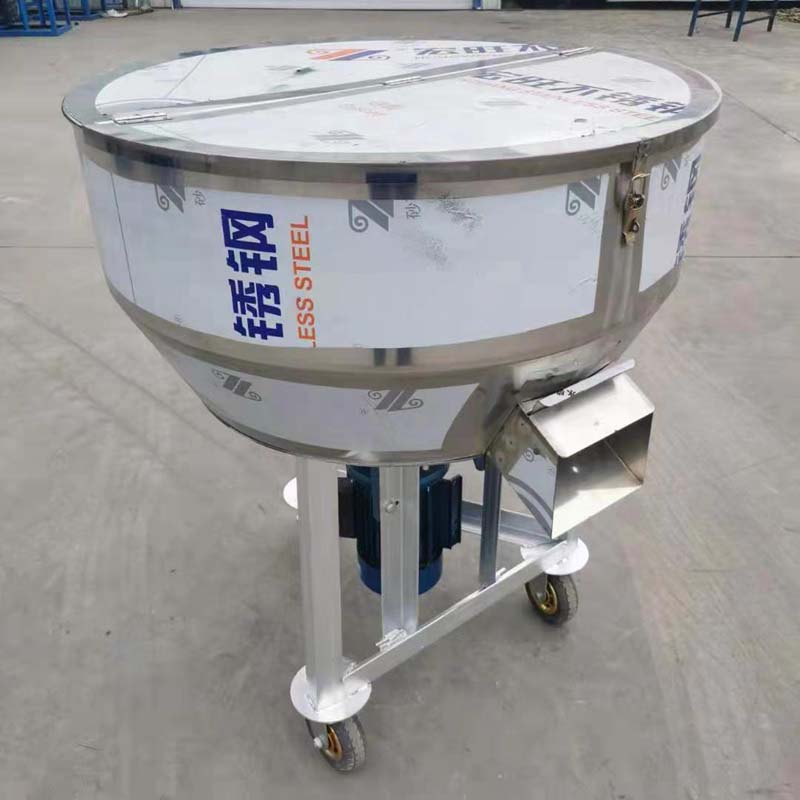layer egg chicken cage
Oct . 13, 2024 20:44 Back to list
layer egg chicken cage
The Layer Egg Chicken Cage Revolutionizing Poultry Farming
In the realm of agriculture, the poultry industry has evolved tremendously over the past few decades, driven by the increasing demand for chicken eggs. One of the most significant innovations in this sector is the layer egg chicken cage system. This method of rearing hens not only maximizes egg production but also ensures better management of resources, thereby promoting sustainable farming practices.
The primary purpose of layer egg chicken cages is to provide a controlled environment that facilitates the health and productivity of laying hens
. These cages are designed to accommodate multiple birds in a compact space while ensuring that each hen has access to food, water, and adequate ventilation. Typically made from galvanized steel or high-grade plastic, the cages are durable and easy to clean, which minimizes labor costs and improves hygiene.One of the most notable benefits of layer cages is their ability to enhance egg production. By housing hens in confined spaces, farmers can more efficiently monitor their health and egg-laying patterns. Studies have shown that hens raised in well-designed cages produce more eggs compared to those reared in traditional free-range systems. This increase in productivity is crucial for meeting the growing global demand for eggs, especially in regions where poultry farming is a significant part of the economy.
layer egg chicken cage

Furthermore, layer egg chicken cages have a positive impact on resource management. With a higher density of birds in a controlled environment, farmers can use feed more efficiently, reducing waste and lowering overall costs. Additionally, the automation of feeding and watering systems within these cages allows for precise control over the birds' dietary needs, contributing to their overall health and egg quality.
However, it’s important to address the ethical considerations that accompany conventional chicken farming practices. Critics argue that caged systems limit the natural behaviors of chickens, leading to concerns about animal welfare. In response, many farmers are adopting enriched cage systems that provide additional space, nesting areas, and perches, allowing hens to exhibit some natural behaviors while still enjoying the benefits of a caged environment.
Sustainability is another crucial aspect of layer egg chicken cages. By optimizing production and minimizing waste, these systems contribute to a more sustainable poultry industry. Innovations such as manure management systems within the cages also help in recycling waste into valuable fertilizers for crops, closing the loop on agricultural sustainability.
In conclusion, layer egg chicken cages represent a significant advancement in poultry farming. They offer a solution to increasing egg production, improve resource management, and promote sustainable practices within the industry. While it is essential to continue addressing ethical concerns surrounding animal welfare, the layer cage system undeniably plays a pivotal role in meeting the global demand for eggs while striving for greater sustainability in agricultural practices. As technology advances and practices evolve, the future of poultry farming appears promising, with layer egg chicken cages at the forefront of this transformation.
-
Hot Sale 24 & 18 Door Rabbit Cages - Premium Breeding Solutions
NewsJul.25,2025
-
Automatic Feeding Line System Pan Feeder Nipple Drinker - Anping County Yize Metal Products Co., Ltd.
NewsJul.21,2025
-
Automatic Feeding Line System Pan Feeder Nipple Drinker - Anping County Yize Metal Products Co., Ltd.
NewsJul.21,2025
-
Automatic Feeding Line System - Anping Yize | Precision & Nipple
NewsJul.21,2025
-
Automatic Feeding Line System - Anping Yize | Precision & Nipple
NewsJul.21,2025
-
Automatic Feeding Line System-Anping County Yize Metal Products Co., Ltd.|Efficient Feed Distribution&Customized Animal Farming Solutions
NewsJul.21,2025






